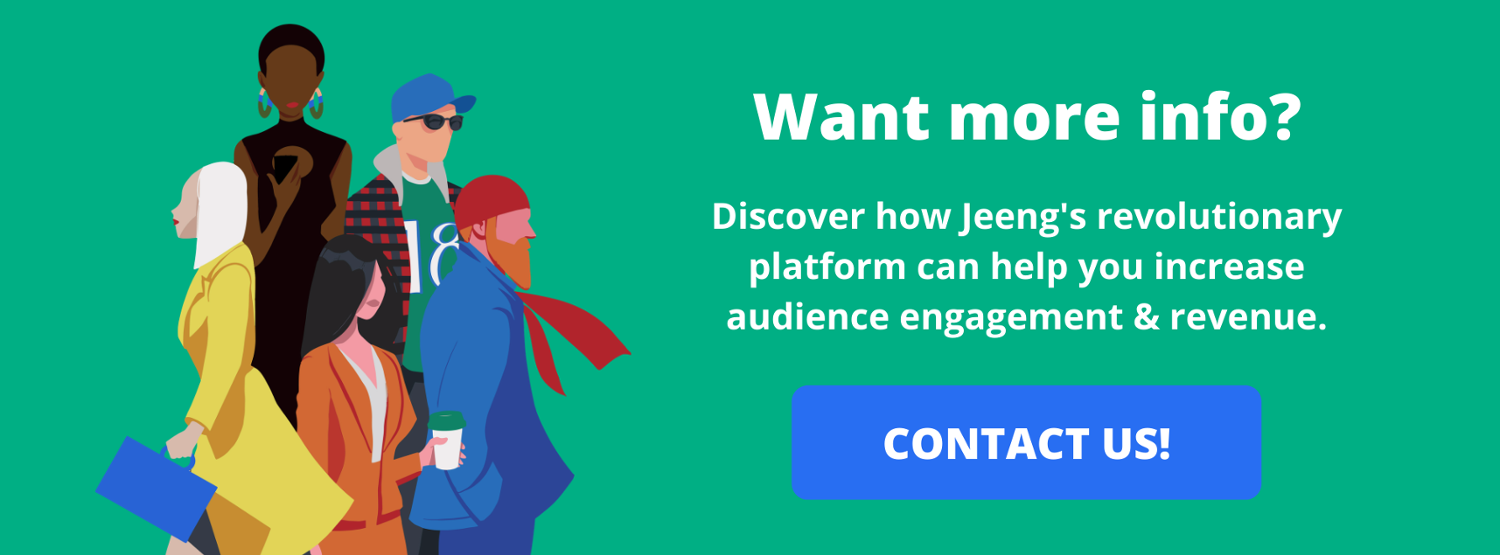There comes a time in every digital publisher’s life when they have important realization: It’s way more valuable to build deep, long-lasting audience relationships with lifecycle engagement strategies than to chase quick viral hits.
Sure, a trending piece on social media can cause a rapid spike in traffic, but there’s no guarantee those readers will return or continue engaging with your platform. Investing in audience retention and loyalty, on the other hand, yields far greater rewards.
In fact, it costs 5X more to attract a new customer than to nurture an existing one. And increasing customer retention by just 5% can boost your profits by 25-95%, according to Harvard Business Review.
That’s why customer lifecycle engagement strategies are so important.
They don’t just emphasize impressions. They give publishers an opportunity to take a comprehensive view of their audience interests and behaviors, and cater to them to generate trust, drive repeat conversions, and build relationships that will last for years to come.
The scary news is that, according to a recent survey from International News Media Association, 59% of publishers are spending more on acquisition than customer engagement.
Those publishers could be wasting opportunities to drive more value from their current customers. Not to mention, they could be burning their budgets trying to acquire new customers when they have communities of readers who’ve already opted in to receiving their content and are ready to see more.
With that in mind, we’re sharing five tips for building subscriber lifecycle engagement strategies and improving audience retention.
1. Track subscriber behavior
It’s important to monitor how audiences interact with your site and content by tracking key metrics — not just before they subscribe or convert, but also after. This way, you can continue delivering personalized, relevant content that meets their interests.
More specifically, publishers should be tracking how much time readers spend with certain verticals of content, which types of newsletters and alerts they opt in to, and how they interact with direct-to-customer messaging.
The New York Times, for example, is now using data science to study and predict how people respond emotionally to articles on their site. This will help them better understand audience perceptions and launch targeted ad placements with brand partners.
The Financial Times also famously rolled out its attention-based ad metrics a few years ago, replacing cost-per-impression with cost-per-hour.
Publishers can also easily collect first-party data about what audiences want to read by offering a range of category-based email newsletters. Just look at Glamour, which invites subscribers to sign up for their choice of daily digests, beauty trends, shopping guides, and wellness resources:
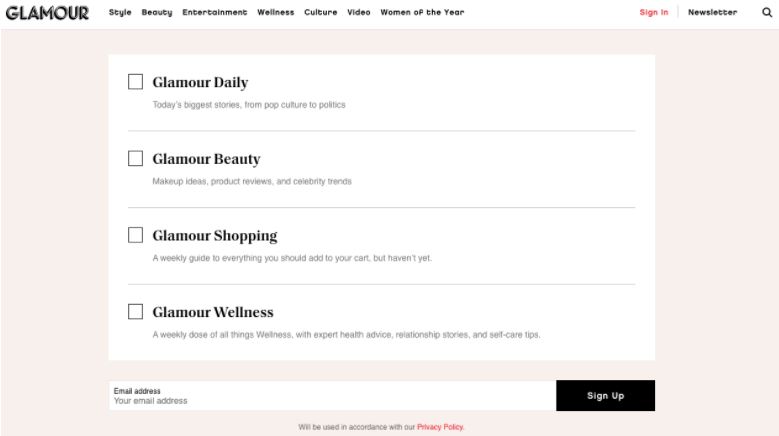
2. Invest in high-engagement channels
Speaking of newsletters, publishers are increasingly investing in channels like email, which provide a one-to-one connection with their audiences and can be used at every stage of the customer journey. Even after people subscribe, publishers can reach them with targeted welcome emails, follow-up messages, surveys about a product or service, alerts about trending news stories, roundups of pieces that meet their interests, etc.
The Washington Post, for example, follows up with readers and free trial subscribers with special offers for membership packages. As Digiday reported, the Post’s global subscription business grew by over 60% from 2019 to 2020.
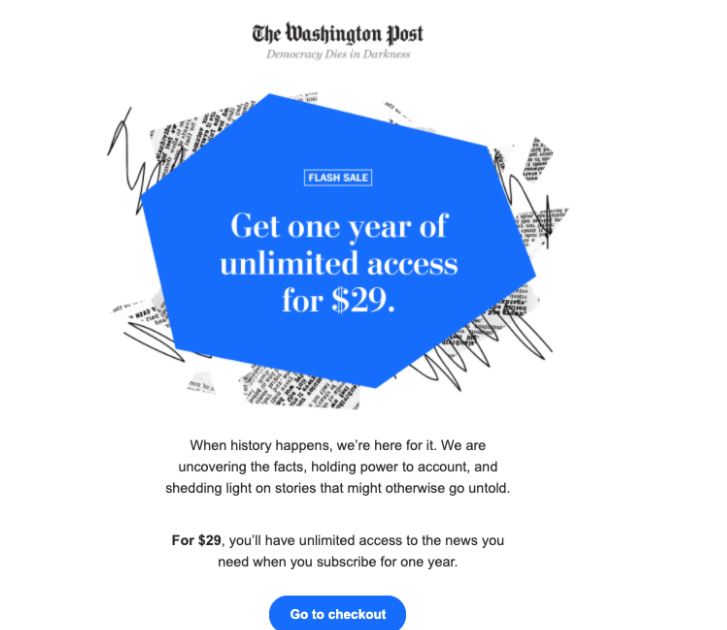
Publishers can also invest in high-engagement channels like push notifications, which pop up directly on people’s smartphones or desktop browsers, providing real-time messaging with guaranteed impressions. In fact, we have seen publishers experience a 22% jump in revenue from implementing automated and personalized push notifications.
3. Create unique audience segments
Use those metrics you gathered to segment your audience. For instance, you might group audiences who’ve already converted into the following segments:
- Loyal subscribers: Those who have a membership subscription, read their email newsletters, frequently visit your site, and may have even leveled up a subscription tier, if available.
- Active subscribers: Those who consistently engage with your content but aren’t quite as engaged or haven’t been around as long as loyal subscribers.
- Inactive subscribers: Those who’ve signed up for your membership package or email newsletter but haven’t been enticed to re-engage with your content or return to your site.
- Former subscribers: Those who once subscribed to your site but no longer do.
Publishers can build engagement strategies specifically for each segment, instead of taking a “spray-and-pray” approach to their messaging. That allows them to launch more targeted, meaningful campaigns and have a greater chance of driving engagement.
Take finance publication NerdWallet. The publisher uses email to reach readers who’ve submitted their information via home buyer surveys. They follow up not with pushy promos but with helpful and educational content that speaks to readers’ specific pain points.
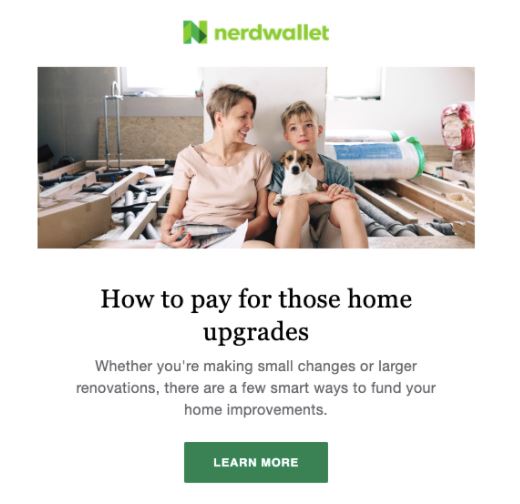
4. Give readers what they want
There are plenty of channels and touchpoints to choose from, so if you’re not sure where to go next, just listen to your customers. Do your subscribers use news reader apps to customize and consolidate their content experiences? Make sure your publication is represented on those apps. Do your readers consume information on the go and express interest in audio-related content? Try launching a podcast to dig deeper into a subject of interest and gain attention for 40-60 minutes at a time.
Inc., for example, runs its weekly Inc. Uncensored podcast, featuring entrepreneurs, startup founders, and tech gurus sharing their best practices and must-know trends.
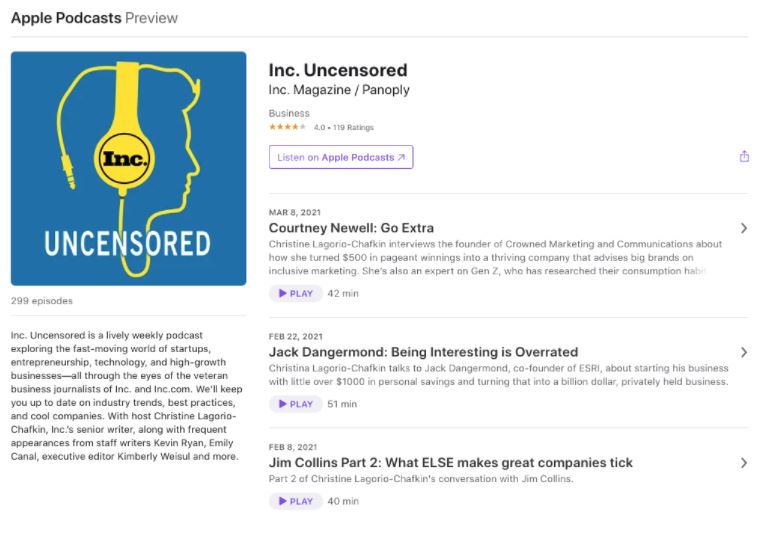
5. Build a multichannel messaging strategy
Make sure you’re reaching your customers on their favorite channels like email, push notifications, and news readers. And don’t just use them piecemeal. Combine your strategies across channels to build an operation that matches your audience’s multichannel digital experiences.
We can help you do it. We’ve built a comprehensive solution just for publishers who are eager to drive engagement and build customer relationships and retention with high-quality content.
Ready to boost your lifecycle engagement strategies with channels like email and push notifications? Reach out to get started.




